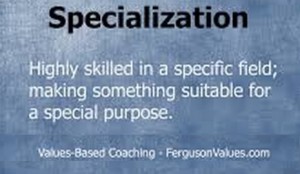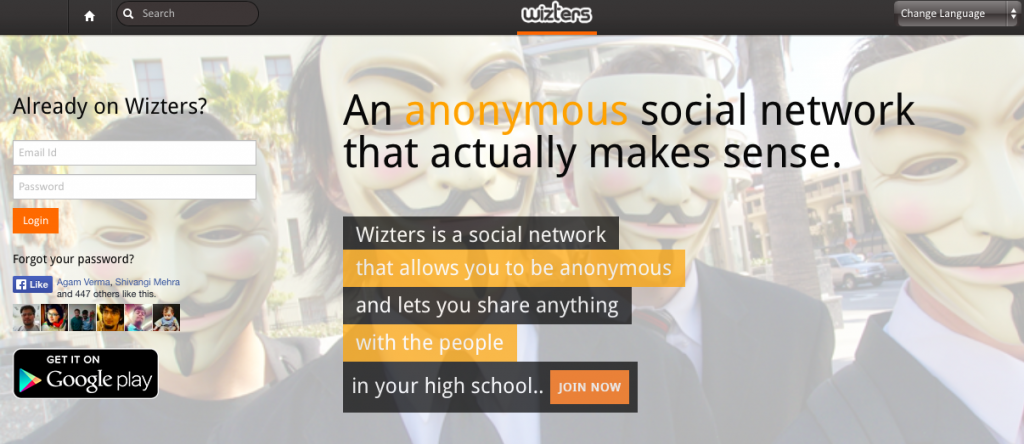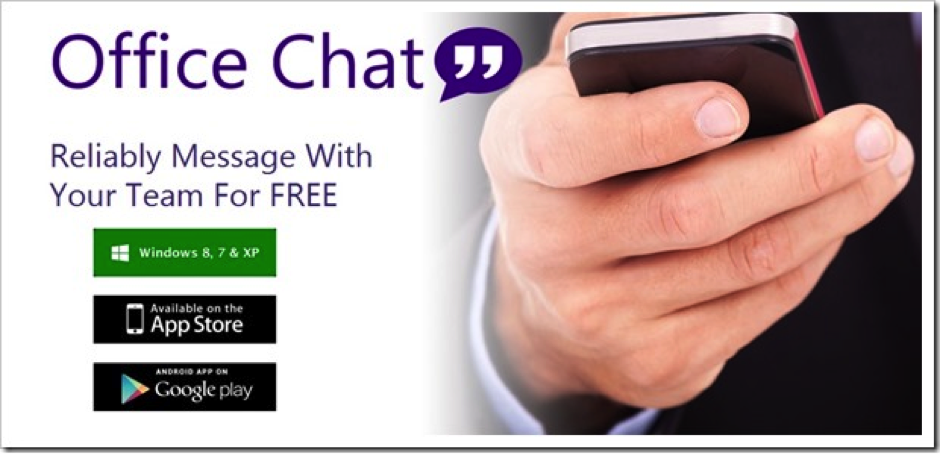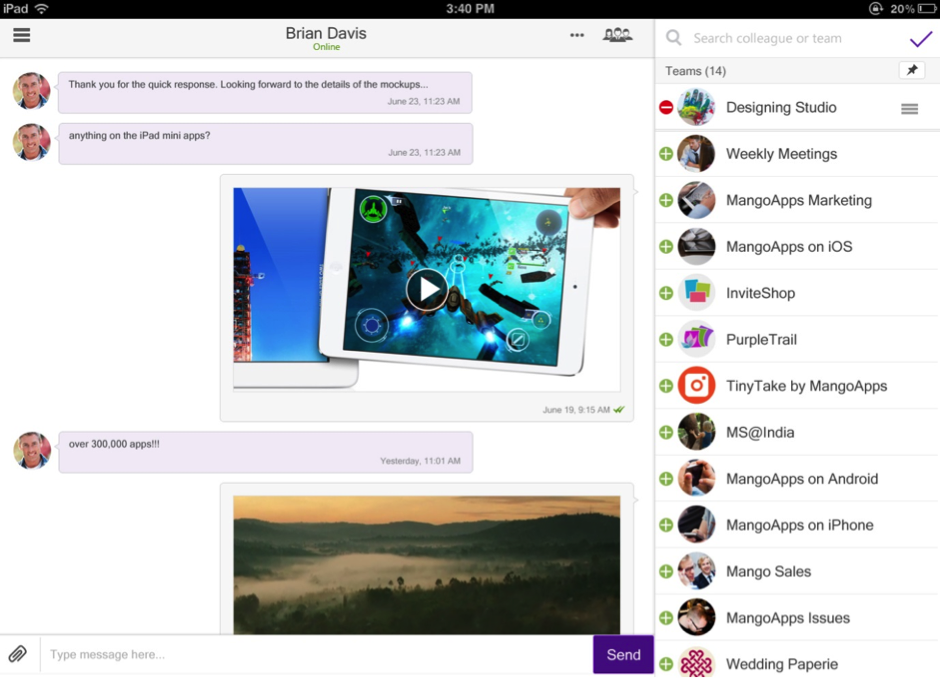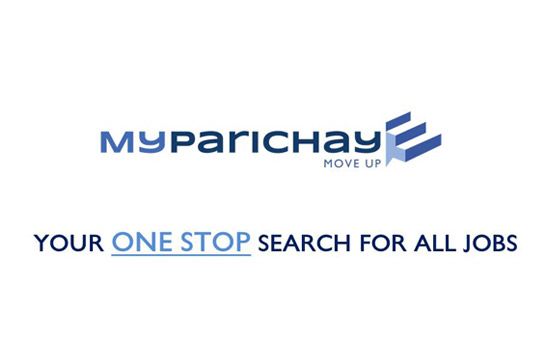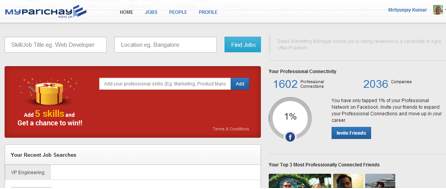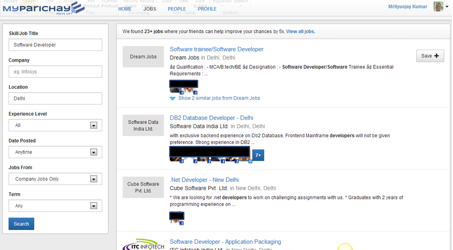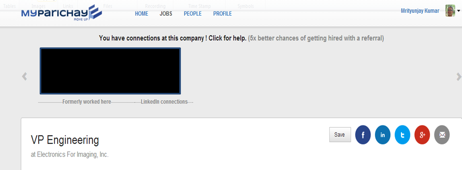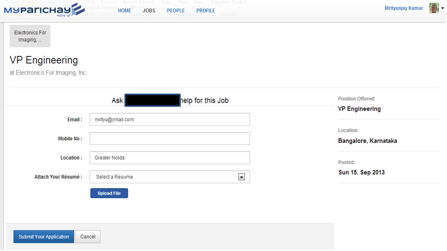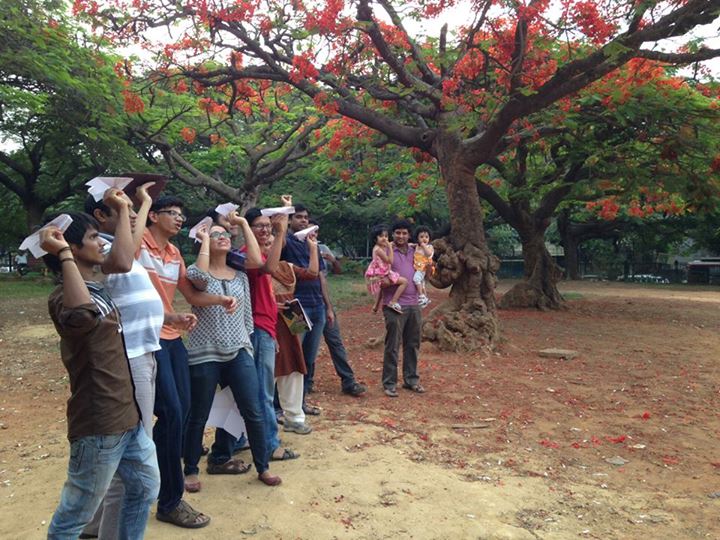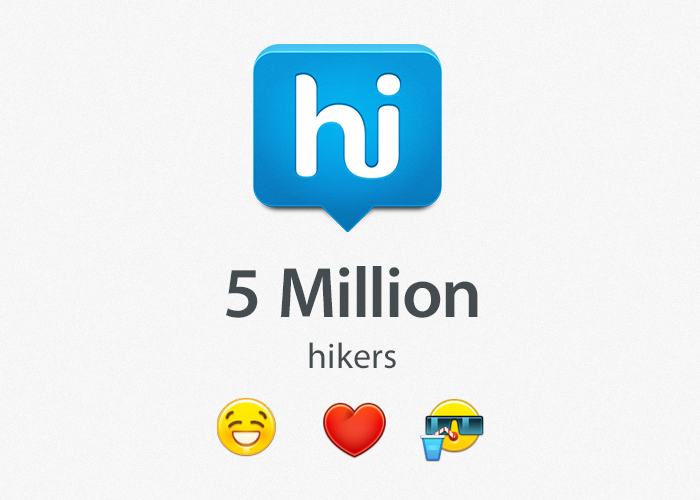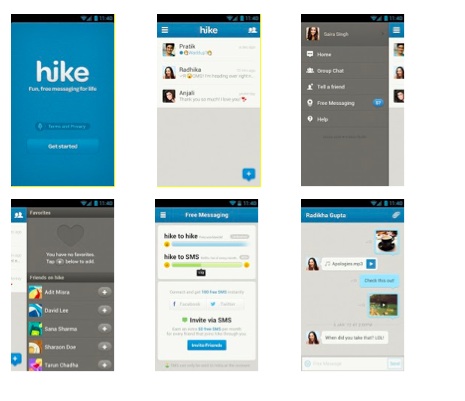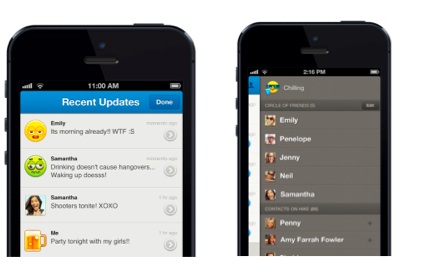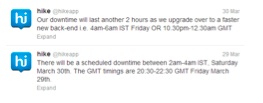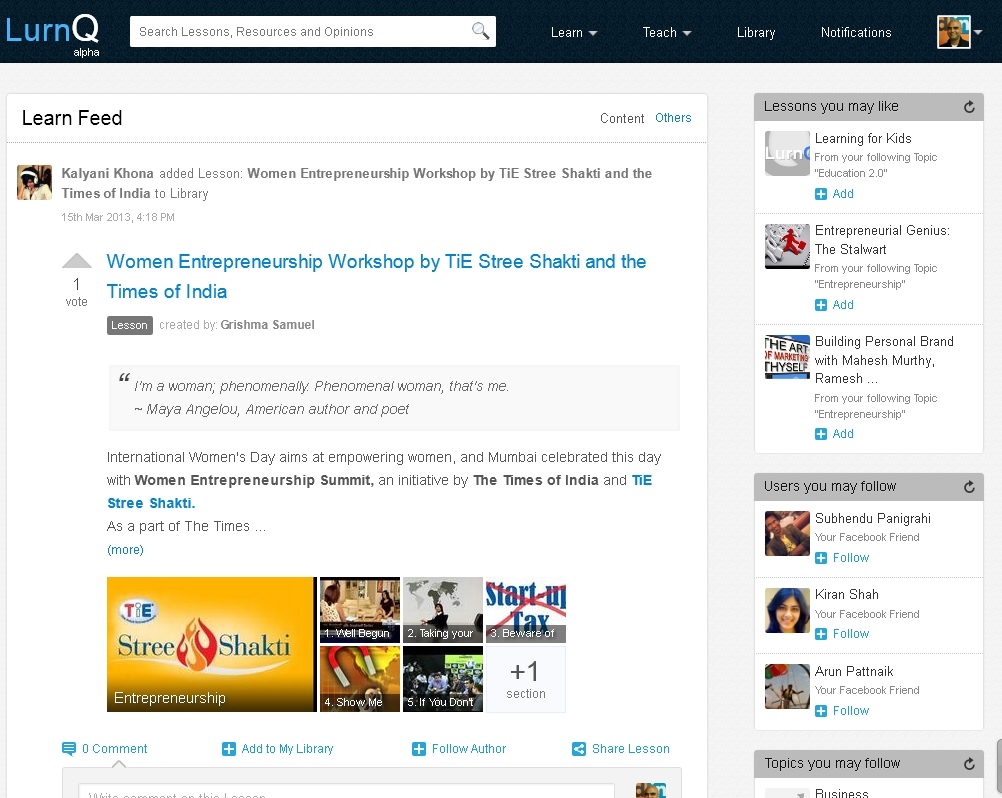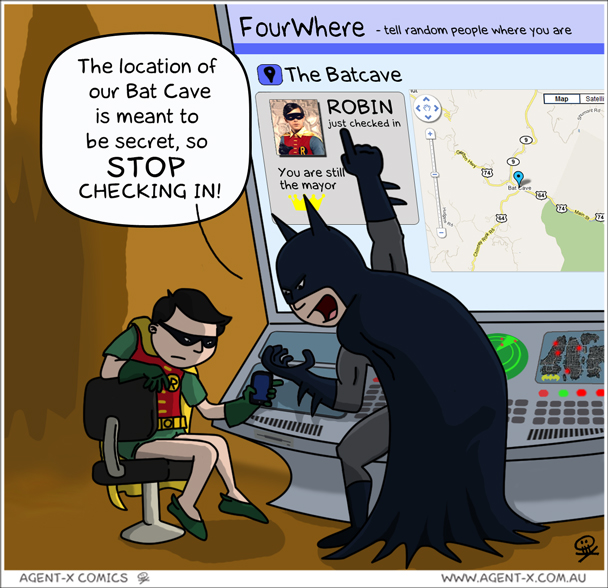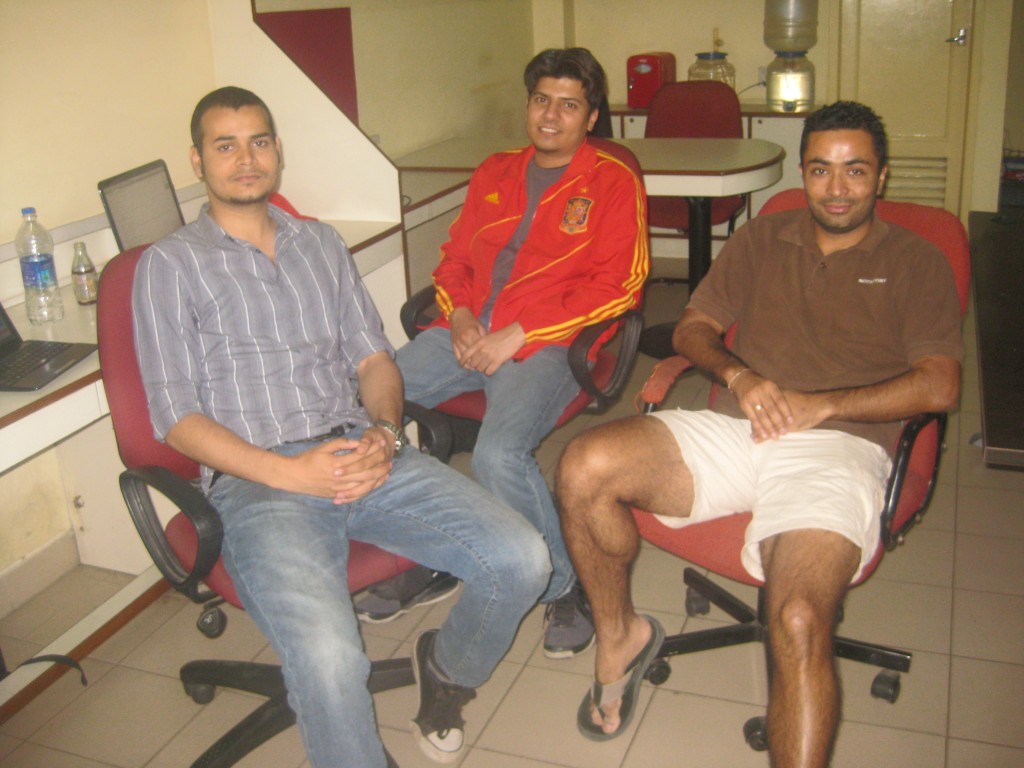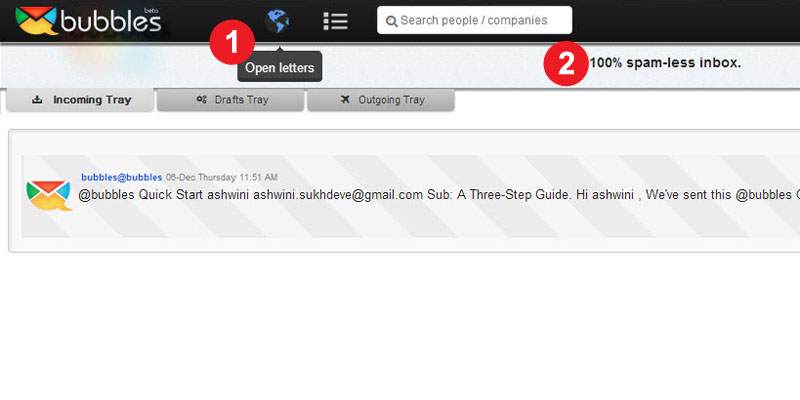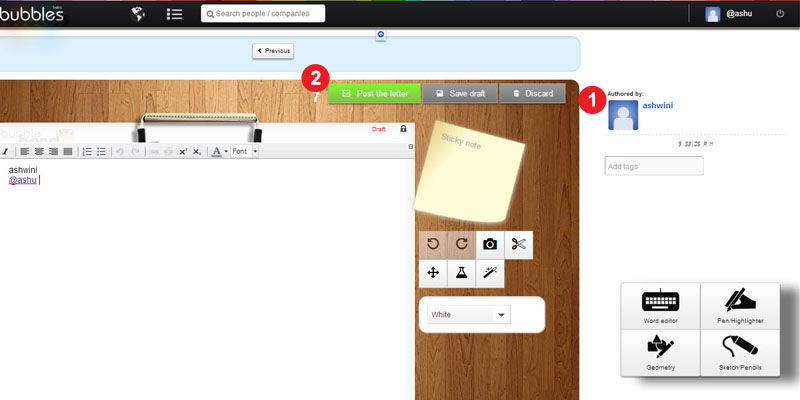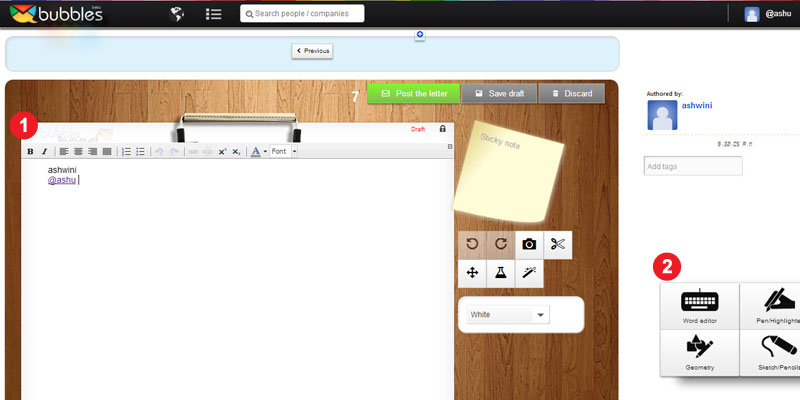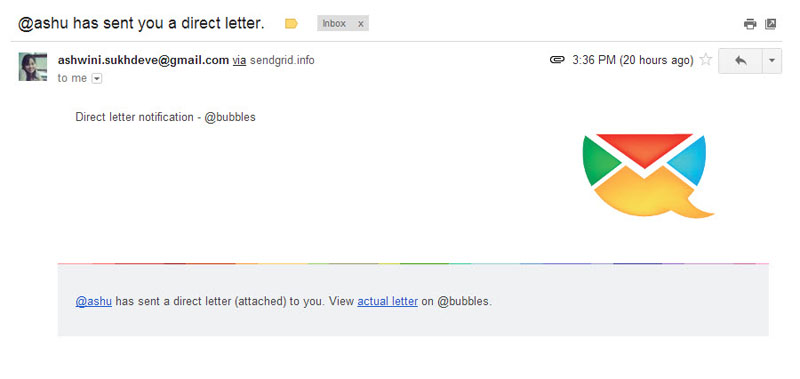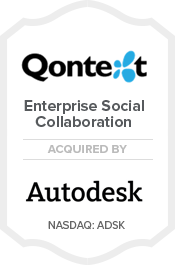I am a great fan of analogy, and one of the things I have been pondering for past year or so is comparing our software industry with that of medical and film industry.
In this post, I plan to share some thoughts on how our software industry can consider the evolution of medical and film industry, and probably evolve in that direction.
In Medical industry, the ecosystem contains Doctors, Surgeons, Physicians, Specialists, Hospitals, Clinics, Life Science companies, research labs and further other associated entities to serve the patients.
In film industry, the ecosystem is made up of producers, directors, actors, cameraman, music director, editor, choreographer, stunt master,other specialized technicians.
Similarly in our software industry, the ecosystem is made up of VCs, founders, techies, designers, product managers, and sales/marketing folks.
Specialization
One of the striking aspects of the whole evolution is the Specialization part, where medical industry has evolved and recognized the need for deep specialization, and doctors and the ecosystem surrounding have focused on specialization. While you still see some general physicians, we all know who are in more demand – the specialist.
In the film industry, specialization has become very key. Whether you are a screen play writer of dramas, you are specializing in romantic comedies, you are an action director etc. Offcourse there are few folks who are versatile especially in acting, but every film needs a bunch of specialist.
Similarly in our industry, specialization has taken off and it’s a great sign of the industry maturing. We see specialists in design, Ux vs backend techies, architects, B2B vs B2C product managers, industry experts such banking, government, healthcare who bridge industry knowledge with technology, we see further more big data, cloud, database, IoT, mobile etc experts.
Should Specialist be limited to an organization or department?
With the above background, the key thought I had for writing this post is how our industry can evolve to leverage the specialist expertise, to go beyond just one organization.
Take the case of medical industry, an important attribute is that the specialist are usually not associated to one hospital but consult in multiple different places. There also exists several communities where specialist come together to discuss the challenges, problems, solutions and experiences in their area of specialization. We have seen several doctors consult with others to get second opinions. The ecosystem is well setup in such a way that its not just honorary service, but it’s a win win for everyone, and takes care of “what’s in it for me ?” very well
In case of film industry, most of the people work independently and come together for a specific film. Over the period of time, many work together in multiple such film projects over several years. There are specialist and actors (not the main heros) who work on multiple projects. Its left to the potential, interest and capability of individual on how much he or she can leverage their time, how they want to pace their career, and how they really are on the toes to differentiate or find their winning formula, as individual or as a team. One of the nice talk you should watch to understand it is when our versatile actor Kamal Hassan spoke at NASSCHOM event, sharing some of the interesting aspects of film industry.
The above 2 industry are a great example for us to consider as we evolve our industry. We have several experts and specialist out there in our industry, but their talents are often not leveraged to full potential for lack of the right setup – they are bound by their employment contracts, or merely don’t have avenues to share, engage, contribute and gain. Most of the folks in our industry land up into mundane jobs, standard career path, leading to becoming some people managers or stop reinventing ourselves.
The boundary laid out for experts is not just being able to do with multiple projects outside, but even within the company many of the experts do not have an opportunity to showcase their potential as they are bound by their departments and hierarchies.
Here are my thoughts on how our industry can evolve around better leveraging specialist:
- Expert clubs that can bring together specialist by different areas of specialization e.g. by specific functional areas, deployment expertise, industry expertise, cultural expertise, skills – product management /design/architecture, GTM expertise etc.
- Answering the ‘whats in it for me ?’ question – not to expect specialist to come and engage always for free
- Employment contracts have clauses that allows experts to do other pursuits beyond their employment e.g. like a doctor who can consult beyond the hospital he is assigned to, experts should be able to consult for other products /projects
- Creating an environment where its safe for experts to be sharing and working independently to take risks
- Entrepreneurs to recognize the need for experts /specialization for rolling out products that excel, instead of relying on do it all jack of all – this will drive towards the products that excel
- An environment or community that facilitates experts to be easily accessible and able to work on a product/project for a given time, including possibility for them to engage in multiple projects based on their appetite …think of the movie analogy here
- Crowd sourcing for expert skills would be a great way to enable experts to be fully engaged, leverage potential and create more products
- Mentor programs are a stepping stone in this direction for many experts, we see lot of mentor programs already run…but this needs to get to the next level where these experts contribute more rigorously
List of Experts that we would like to see in our product industry being part of expert club, not exhaustive:
- Ux Designers – Interation /visual design
- Mobile designers
- Internet Security experts
- Product Managers for B2C
- Product Managers for B2B
- Product marketers
- Industry Specialist
- SaaS Pricing experts
- Growth Hacking experts
- Technical writers /Product Documentation writers
- Intellectual Property Experts
- Social Media Marketers
- Solution Architects
- Performance Optimization Experts
- Scalability Experts
What are your views on this… can our software industry switch gears to enable experts to contribute more…and get awesome products that excel …working beyond organization boundaries like a doctor or cinema artiste ?





